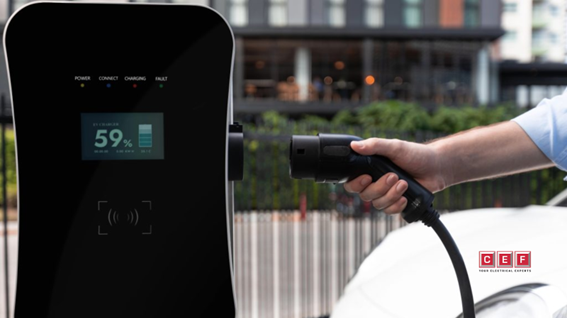In Portugal, payment of the Single Circulation Tax (IUC) vehicle tax is mandatory for most vehicle owners. However, the law provides for several situations in which it's possible to obtain a full or partial exemption.
Knowing who is eligible and how to apply for this tax benefit can help you avoid unnecessary issues.
IUC is an annual tax levied on owners of motor vehicles, recreational vessels, and private aircraft registered in Portugal or that remain in the country more than 183 days per year. The amount is calculated based on engine displacement, CO₂ emissions, license plate date, and vehicle category.
The vehicles covered fall into categories A, B, C, D, and E (road vehicles), F (vessels), and G (aircraft). Only goods vehicles with a gross vehicle weight equal to or greater than 12 tons are exempt from this tax by nature, according to the Executive Digest.
When to Pay?
Until 2025, the tax must be paid annually, between the beginning of the previous month and the end of the month of the Portuguese license plate number listed on the Single Vehicle Document (DUA). For example, if the vehicle's registration is dated August 5th, the IUC can be paid between July 1st and August 31st.
Starting in 2026, there will be new rules: for amounts up to €100, the deadline will be February; for larger amounts, payment may be made in two instalments (February and October), at the taxpayer's discretion. It is important to remember that the IUC is due even if the vehicle is not in circulation, as long as the license plate has not been cancelled.
Exemptions
Article 5 of the National Tax Code establishes two types of exemptions, cited by the same source: subjective conditions (related to the owner) and objective conditions (related to the vehicle).
Subjective conditions
Persons with a disability level equal to or greater than 60%, owners of category B vehicles with emissions up to 180 g/km (NEDC) or 205 g/km (WLTP), or category A or E vehicles. The exemption is limited to one vehicle per owner and up to 240 euros per year; the excess is paid by the taxpayer;
Private Social Solidarity Institutions (IPSS), upon request to the Tax Authority, as long as the eligibility criteria are met.
Objective conditions
100% electric cars or cars powered by non-combustible renewable energy;
Vehicles of the public administration, armed forces, security forces, firefighters, ambulances, funeral services, and agricultural tractors;
Vehicles of historical interest over 30 years old, occasionally used (up to 500 km/year), and recognized as public museum pieces;
Taxis and TVDEs in categories A or B with emissions within the required limits;
Vehicles declared lost to the State, considered abandoned, seized in criminal proceedings, or used by forestry brigades.
Exemptions based on vehicle characteristics are granted automatically, except in the case of historic vehicles, which require an annual application. If the IUC (Tax on Vehicles) paid is less than €10, there is no payment, but electronic payment is required.
Partial Exemption
Certain vehicles benefit from a 50% tax reduction, namely:
Category C vehicles, with a gross vehicle weight exceeding 3,500 kg, used in traveling entertainment or performing arts activities;
Category C and D vehicles carrying large objects or operating only in autonomous regions. How to Request the Exemption
When the exemption depends on the vehicle's characteristics, no application is necessary: the Tax Authorities grant it automatically.
In cases dependent on the owner (e.g., disability), the application must be made by the end of the first year of registration. It can be submitted in person at a Tax Authorities office, with a Multipurpose Medical Certificate of Disability and the title deed, or online at the Tax Authorities Portal, as long as the disability is already registered with the services, says Executive Digest.
For historic vehicles, an annual application is required, in person or online, with a certificate of historic interest and proof of annual mileage of less than 500 km. Proof of payment or exemption must be printed and placed inside the vehicle, serving as proof for any inspection.















As an owner of a historic vehicle, I believe an annual application is not required for historic vehicles in Portugal; instead, they can be certified as "Vehicles of Historic Interest." This certification provides exemptions from the mandatory periodic inspection (IPO) and the Single Circulation Tax (IUC). The certification process is not annual, but rather valid for a set period, typically between 4 and 10 years, depending on the vehicle's production year.
By Martin Filla from Algarve on 17 Aug 2025, 05:37